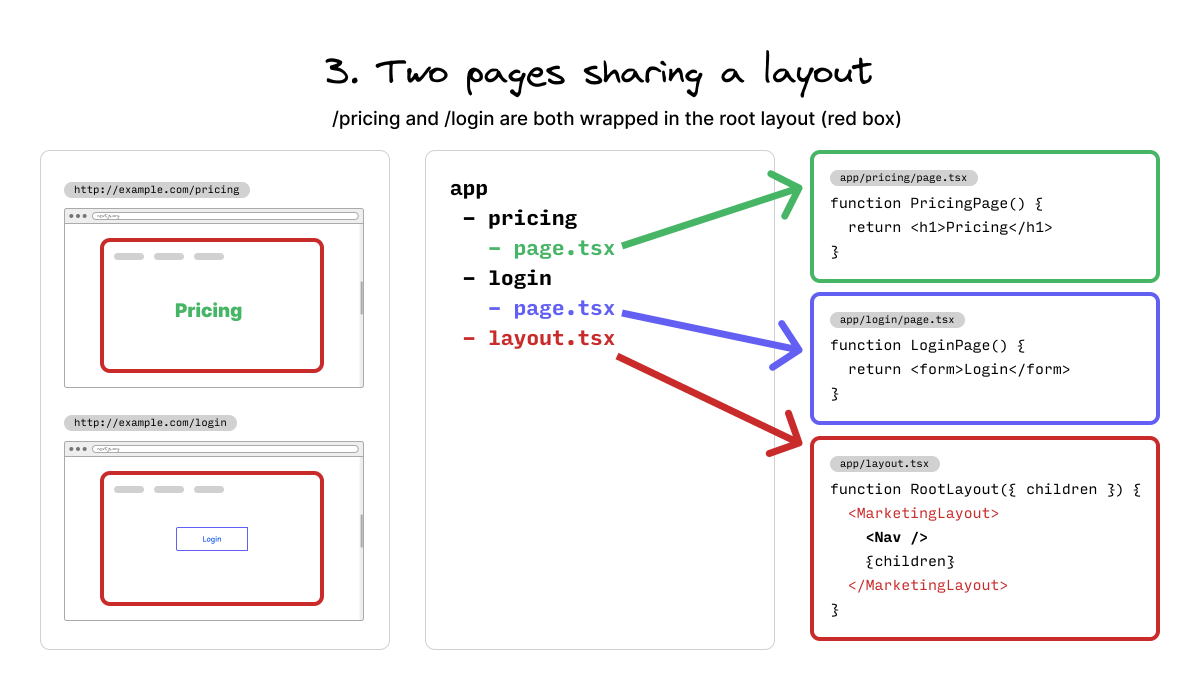

On Sincera, each identifier has their own unique methodology and workflow designed to ensure an identifier is successfully created / provided, so that Absorption can be effectively measured. Note that each identifier's absorption rate is calculated independently of other identifiers.Īn identifier's rarity (how frequent it is seen) does not affect it's absorption rate - since the metric is only generated when the identifier is present. This chart tracks the identifier absorption rate amongst the most popular identifiers in the digital advertising ecosystem.Ībsorption is defined as the percentage of times is an identifier (when present) is "absorbed" into outbound bid requests versus the times an identifier is available for absorption and ingestion into a bid stream.Ībsorption isn't affected by email or deterministic inputs, or whether or not an identifier is a "cookie" - Absorption is only calculated if an identifier and SSP Bidder adapters are present. Sincera pre-release customers have access to the granular absorption datasets - you can see absorption rate broken out for a given identifier by bidder / SSP, or by individual publisher, to hone in on enrichment gaps.

This chart tracks the identifier absorption rate - that is, what percentage of time is an identifier absorbed into outbound bid requests versus the times an identifier is available for pickup and ingestion into a bid stream.Ībsorption is measured across all publishers + RTB bidder adapters, supports both Prebid-based and Index Exchange library wrappers, and provides a completely different lens on identifier popularity and utilization. The Identity Absorption Rate allows companies to see beyond which identifiers are configured in a given publisher environment - it allows customers to understand which identifiers are being actively collected and included in outbound exchange requests. In Methodology 2.0, this is counted as "1." Regardless of the number of different implementations a publisher has of an identifier, it is never counted more than once. In methodology 1.0, a publisher that had ID5 deployed in Prebid and ID5 deployed via IX Library would count as "2" installations for ID5. The biggest change within Methodology 2.0 is the removal of duplicative counts for a identifier on a single publisher. In methodology 2.0, these identifiers are normalized to RampID and support a single count for the identifier. In methodology 1.0, These would be detected as different identifiers with distinct counts between them. For example, the LiveRamp RampID is known as IdentityLink within Prebid, and as LiverampIP within the IX Library. Identifiers are known as different values across environments. Methodology 2.0 now includes detection and identifier counts for the Zeus header wrapper, alongside Prebid (including Prebid derivatives) and IX Library. Methodology 2.0 now includes detection and counts for identifiers that have been independently deployed by publishers outside of a header bidding environment. In Methodology 2.0, the chart now counts the number of publishers using using the identifier, which is more accurate barometer of an identifiers footprint. In Methodology 1.0, the chart counted the number of publisher installations of an identifier. These counts are collected by monitoring over 200,000+ of the internet's most popular properties. As of March 1st, Sincera is moving over to Methodology 2.0, which is a more accurate representation of identifier configuration and deployment within the digital advertising industry.


 0 kommentar(er)
0 kommentar(er)
